Preventing Sliding Back On Up Hill Stop Without Stalling Engine.
Topic 1818 | Page 1
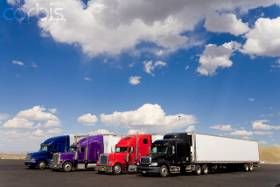
I'll let the guys handle this one. Its a tricky issue if you are loaded. And it is one of the things they test on for your cdl , if I'm not mistaken. I don't think I could explain it well enough, so I'll leave it to someone who can get "wordy"...
CDL:
Commercial Driver's License (CDL)
A CDL is required to drive any of the following vehicles:
- Any combination of vehicles with a gross combined weight rating (GCWR) of 26,001 or more pounds, providing the gross vehicle weight rating (GVWR) of the vehicle being towed is in excess of 10,000 pounds.
- Any single vehicle with a GVWR of 26,001 or more pounds, or any such vehicle towing another not in excess of 10,000 pounds.
- Any vehicle, regardless of size, designed to transport 16 or more persons, including the driver.
- Any vehicle required by federal regulations to be placarded while transporting hazardous materials.
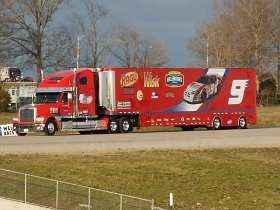
What I do is keep my foot on the brake pedal while letting out the clutch pedal just enough until you feel it engage. Then I carefully let off the brake as the truck begins going forward. If there is another way to do it, I would like to know.
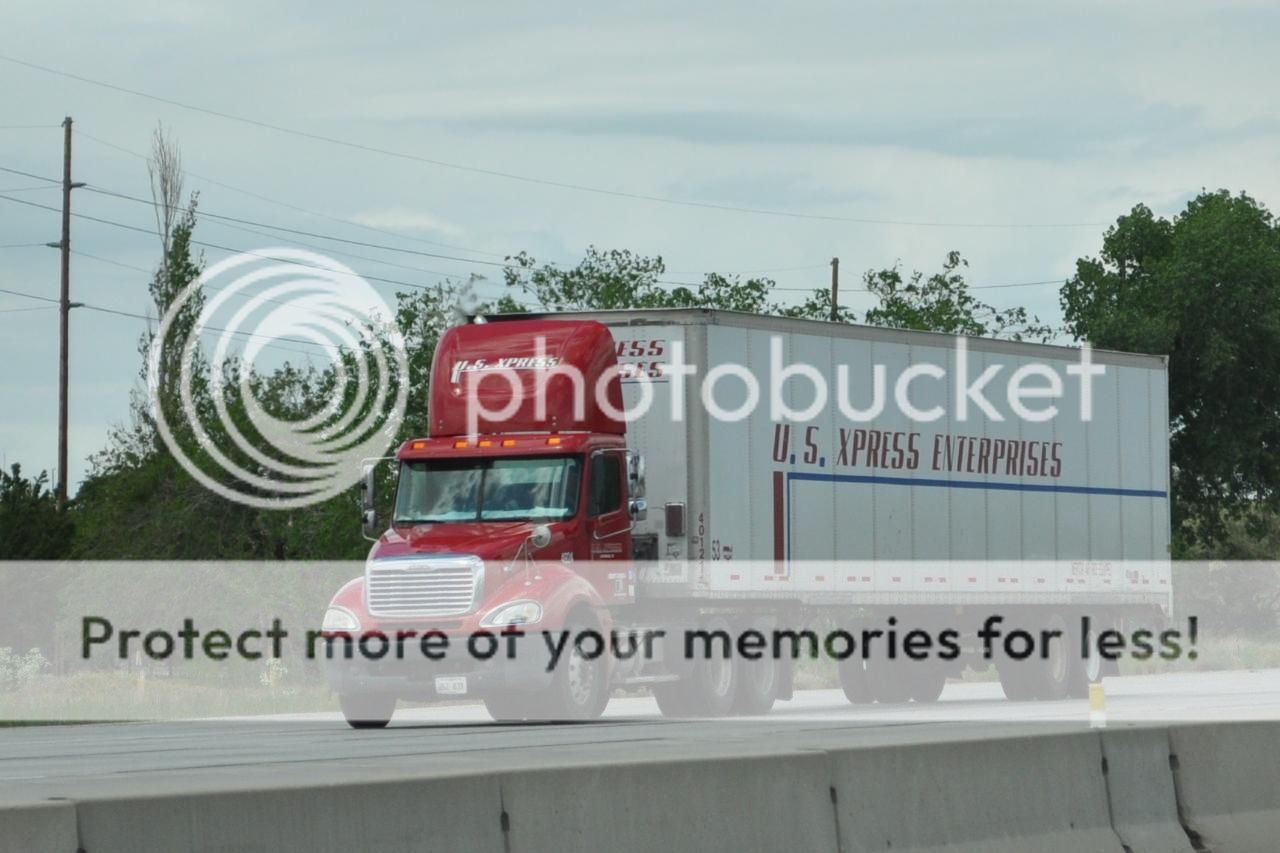
What I was taught and what I still do is keep foot on the brake then slowly let off the clutch. As soon as you feel the clutch grab (you can see your hood dip down a little ) you FULLY come off the brake and slowly count to 5 while slowly letting off the clutch pedal while you count.
Yeah Christopher, the others have given you some good tips. I just want to add that this is one of those things that you just have to practice a little bit until you get the "feel" for it. As you slowly let that clutch out with your right foot still on the brake you will be able to both feel it and hear the engine RPM begin to change as it first starts to engage.
When I was in school our driving instructor had a saying that he would say to new drivers and that was "You can trust the clutch". What he meant was that the truck was not going to roll back as long as you are starting to engage that clutch. People are so afraid that the truck is going to roll back that they don't ease off of the brake enough so they either kill the truck, or they let off the brake before they've felt that clutch engaging and they roll backwards.
He was right, you can trust that clutch. I don't care if you're loaded to the max, that clutch will do it's job every time. You've just got to practice feeling and hearing it so that you know how to ease off the brake as you're engaging the clutch. You won't have to give it any throttle until you've started rolling forward and once you're to that point you are home free.
HOS:
Hours Of Service
HOS refers to the logbook hours of service regulations.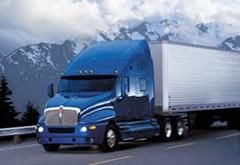
Thanks for the comments. But problem is that I was told this the day before my road test. During the three weeks of truck school, I never stalled the truck. The few times I found myself on a uphill, I would roll back slightly before I went forward. That last week of training a different instructor told me NOT to allow the truck to go backwards or they may fail me during my drive test.
That word of advice stuck with me.
The day of my test, I passed the pre-trip and skills test. I started out on the road test more worried about shifting than anything else. I did think about the two stops on an uphill and thought about the procedure of letting the clutch engage before I let go of the brake.
I get to that part and I am waiting for the clutch to engage and feel the pull but the engine quit and I fail. Auto fail.
I was hoping there was another way avoiding the stall. Maybe I should have just hit the accelerator when I felt the truck starting to die.
I am schedule to drive the day of my next drive test. The instructor will have me drive that same part of the test road. Like I said before, I never stalled the truck the other 4 or 5 times we drove that course, but the day of the test it stalled.
I have to wait two weeks before the next go at the test. Disappointing I did not pass the first try.
SAP:
Substance Abuse Professional
The Substance Abuse Professional (SAP) is a person who evaluates employees who have violated a DOT drug and alcohol program regulation and makes recommendations concerning education, treatment, follow-up testing, and aftercare.
Hey Christopher, don't let it get to ya. A lot of people fail on their first try. Now you know exactly what you've got to do. It's best to not let the truck roll back any, and it's really not difficult once you've done it a few times. It sounds like you are going to get to practice on the actual route that you will be tested on and that's a great opportunity for you to practice this method. I'm sure you will do just fine, keep us posted as we are genuinely interested in your success.
Also, keep it in a really low gear. The lower the gear the easier it is for the truck to get rolling and the less likely it is to stall. In fact, you'd have a heck of a time trying to stall it taking off in 1st gear. You can do it - the brakes will still hold and stall the truck - but you'd almost have to do it purposely.
I don't know why - but a lot of schools are teaching students to start out in like 4th gear. I've heard this a lot and it doesn't make an ounce of sense to me. Maybe they figure that will help students learn to "feather the clutch", which is fine, but then students are under the impression that's how you're supposed to do it. You're far from the only person that I've spoken with that failed the test for this reason. So start out in 2nd gear or so, especially if you're on an uphill slope. Make it as easy on the truck as you can.

We have been taught to start out in 3rd gear. The day of the test I will get a chance to drive and actually drive that part of the test route. I will give it a try in 2nd.
All I know the day of the test, when I go to start and that hill I will be holding my breath.
I sure don't want to go back to the DMV FAILES again.
Thanks for the tip and will let you know how I did.
Only have to drive to get my CDL. All other test have been passed . 25 mins away from getting that CDL!
CDL:
Commercial Driver's License (CDL)
A CDL is required to drive any of the following vehicles:
- Any combination of vehicles with a gross combined weight rating (GCWR) of 26,001 or more pounds, providing the gross vehicle weight rating (GVWR) of the vehicle being towed is in excess of 10,000 pounds.
- Any single vehicle with a GVWR of 26,001 or more pounds, or any such vehicle towing another not in excess of 10,000 pounds.
- Any vehicle, regardless of size, designed to transport 16 or more persons, including the driver.
- Any vehicle required by federal regulations to be placarded while transporting hazardous materials.
Dm:
Dispatcher, Fleet Manager, Driver Manager
The primary person a driver communicates with at his/her company. A dispatcher can play many roles, depending on the company's structure. Dispatchers may assign freight, file requests for home time, relay messages between the driver and management, inform customer service of any delays, change appointment times, and report information to the load planners.DMV:
Department of Motor Vehicles, Bureau of Motor Vehicles
The state agency that handles everything related to your driver's licences, including testing, issuance, transfers, and revocation.
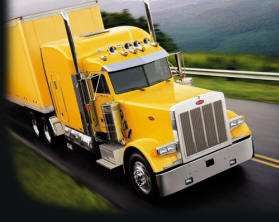
I learned the same thing in school too, about starting out in 3rd gear. First day on the truck with my mentor, I asked him about it, we had about 30k in the box. He looked over at me and said go ahead and try. So I did, it stalled. He laughed. Only way your going to get that truck Rollin up hill loaded or not is in low gear. Most of the time I take off from low especially when we are really heavy. It helps a whole lot starting out that low.
New Reply:
New! Check out our help videos for a better understanding of our forum features

















Preview:
This topic has the following tags:
CDL Test Preparation Reports From CDL Training Tips For Braking Tips For Shifting Truck Driver Training







 TT On Facebook
TT On Facebook
How can I prevent the truck sliding back while NOT killing the engine.